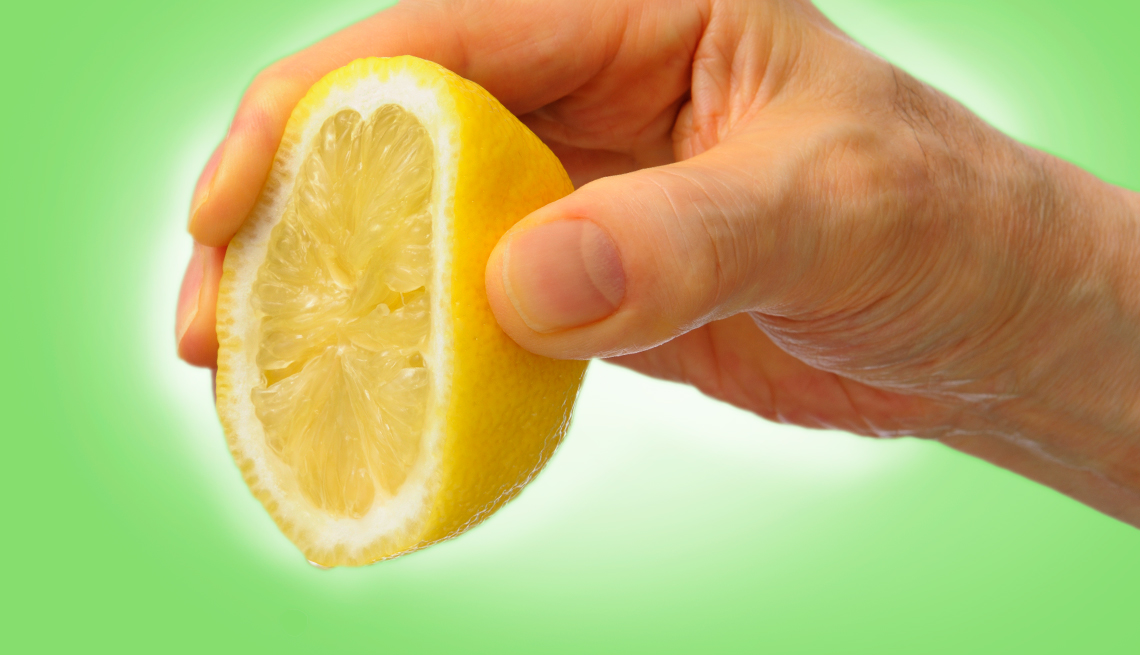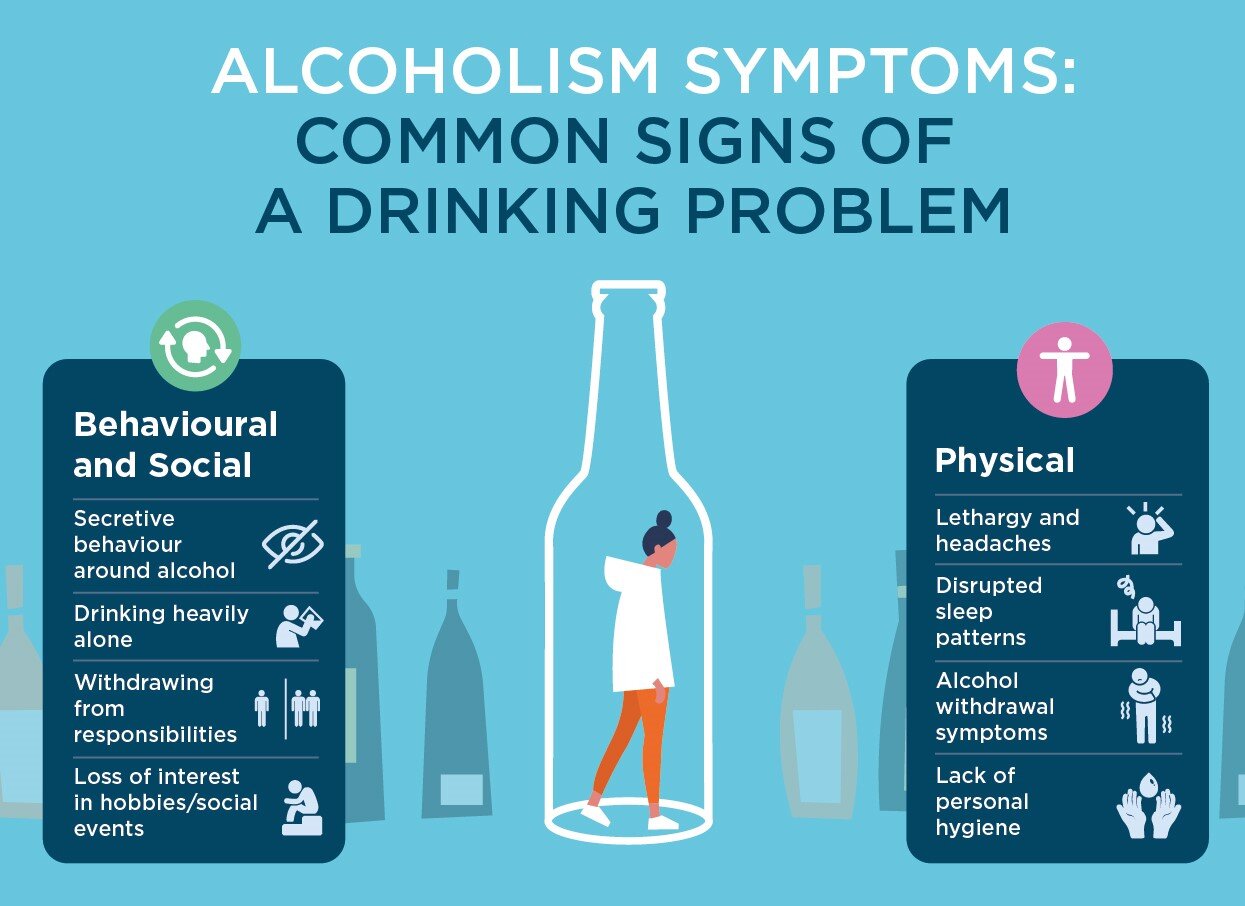Intensive Outpatient Programs (IOP) offer a structured yet flexible approach to mental health treatment, providing adolescents with the support they need while allowing them to maintain their daily routines. In this guide, we explore the ten key components of what your teen might experience during their IOP journey, offering you some insight and understanding.
Comprehensive Assessment
The journey begins with a comprehensive assessment conducted by a team of mental health professionals. This evaluation aims to understand your teen’s unique needs, challenges, strengths, and goals. Through interviews, questionnaires, and observations, the team gains valuable insights to tailor the treatment plan for your teen’s needs.
What Questions should I, as a parent, prepare for?
- Be prepared to discuss any family history of mental health issues or substance abuse.
- Be ready to describe your teen’s current symptoms and behaviors in detail. This may include changes in mood, sleep patterns, appetite, academic performance, social interactions, and any other relevant observations.
- If applicable, be prepared to discuss any traumatic experiences your teen may have had, such as physical or emotional abuse, neglect, accidents, or loss of a loved one.
- Be prepared to provide information about your teen’s medical history, including past or present medical conditions, medications, allergies, and treatments.
- Be prepared to discuss your teen’s developmental history, including early childhood milestones, academic achievements, social development, and significant life events.
- Be prepared to share information about your teen’s academic performance, including grades, attendance, behavior in school, and any academic challenges.
- Be prepared to describe your teen’s social support system, including relationships with family members, friends, peers, teachers, and other significant individuals.
- Be prepared to discuss your teen’s current coping strategies and self-care practices. This may include how they handle stress, manage emotions, and seek support.
- Be prepared and honest about any substance use or experimentation your teen may have engaged in, including alcohol, drugs, vaping, or prescription medications.
- Be prepared to share your goals and expectations for your teen’s therapy journey. This may include desired outcomes, concerns, preferences for treatment approaches, and any questions or uncertainties you may have.
Individualized Treatment Plan
Based on the assessment findings, a customized treatment plan is developed for your teen. This plan outlines specific therapeutic goals, interventions, and strategies to address their mental health concerns. It serves as a roadmap for guiding your teen through the IOP process, ensuring their therapy journey is focused and effective.
Psychoeducation
A fundamental aspect of IOP for teens is psychoeducation, which involves providing information and resources to enhance understanding of mental health conditions, coping mechanisms, and strategies for self-care. Teens learn about the factors contributing to their challenges and acquire skills to manage symptoms, regulate emotions, and foster resilience.
Group Therapy Sessions
Group therapy forms the backbone of many IOP programs for teens. These sessions offer a supportive environment where adolescents can connect with peers facing similar struggles, share experiences, and learn from one another. Through group discussions, activities, and exercises, teens develop interpersonal skills, empathy, and a sense of belonging.
Individual Therapy
In addition to group therapy, your teen will engage in individual therapy sessions with a qualified therapist. These one-on-one sessions provide a confidential space for your teen to explore their thoughts, feelings, and experiences. Through evidence-based therapeutic approaches such as Cognitive Behavioral Therapy (CBT) or Dialectical Behavior Therapy (DBT), teens can work towards achieving their treatment more effectively goals.
Family Involvement
Many IOP programs include family therapy sessions where parents and caregivers participate in the therapeutic process. These sessions focus on improving communication, resolving conflicts, setting boundaries, and fostering a supportive home environment for your entire family.
Skill Building
IOP for teens emphasizes skill-building exercises to enhance coping strategies and life skills. Teens learn practical techniques for managing stress, regulating emotions, improving interpersonal relationships, and making healthy choices. These skills empower adolescents to navigate life’s challenges with confidence and resilience beyond the confines of therapy.
Dual Diagnosis Treatment
For teens struggling with co-occurring mental health and substance use disorders, dual diagnosis treatment is integrated into the IOP framework. This specialized approach addresses both conditions simultaneously, recognizing the interconnected nature of mental health and substance abuse. Through comprehensive assessment and tailored interventions, teens receive holistic care to support their recovery journey.
Academic Support
Recognizing the importance of academic success in a teen’s life, IOP programs often provide academic support services to ensure continuity of education during treatment. This may include coordinating with schools to accommodate therapeutic schedules, providing tutoring or educational resources, and addressing any academic challenges your teen may encounter.
Aftercare Planning
As your teen progresses through the IOP program, the focus shifts toward preparing for the transition out of intensive treatment. Aftercare planning involves collaboratively developing a plan for ongoing support and follow-up care after completing the program. This may include referrals to outpatient therapy, support groups, medication management, or other community resources to maintain your teen’s progress and prevent relapse.
Conclusion
By understanding the key components of IOP for teens, you can better support your kids through their therapy journies and empower them to thrive to their full potential. With comprehensive assessment, individualized treatment, and a holistic approach to care, teens can embark on a path toward wellness, resilience, and a brighter future. Remember, every step in therapy is towards greater understanding, strength, and emotional well-being for your teen.

 Entertainment3 months ago
Entertainment3 months ago
 Entertainment3 months ago
Entertainment3 months ago
 Entertainment4 months ago
Entertainment4 months ago
 Tech3 months ago
Tech3 months ago
 Fashion5 months ago
Fashion5 months ago
 Entertainment2 months ago
Entertainment2 months ago
 Entertainment3 months ago
Entertainment3 months ago
 Life Style3 months ago
Life Style3 months ago



